Air pollution, fine particulate matter concentrations exceeding standards.
Data from the Air Visual air quality monitoring app (owned by IQAir, an organization with a large amount of aggregated air quality data and headquartered in Switzerland) shows that many areas in Ho Chi Minh City have air quality readings that are harmful to health.
According to the Air Visual app, on the afternoon of January 10th, the concentration of PM 2.5 fine dust in District 1 of Ho Chi Minh City was approximately 28 µg/m³, and in Thu Duc City it was 27.4 µg/m³,... (the limit recommended by the World Health Organization - WHO - is approximately 5 µg/m³). The Air Quality Index (AQI) in Ho Chi Minh City was 79, ranking 42nd in terms of pollution among 108 major cities worldwide.
Health recommendations include closing windows to avoid polluted outside air, reducing outdoor exercise for vulnerable groups, wearing masks when going outside, and using air purifiers.
Air pollution, especially fine particulate matter (PM 2.5), is a global concern. Recently, not only Ho Chi Minh City but also other cities have experienced thick smog, obscuring buildings and residential areas in a hazy white haze.
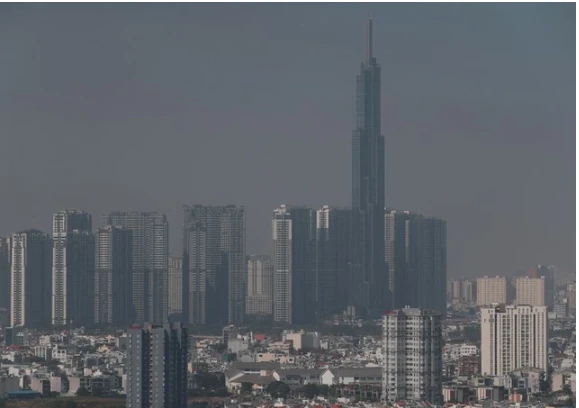
The atmosphere in Ho Chi Minh City is like a layer of fog.
How does fine dust affect health?
According to Dr. Le Nhat Vinh, a specialist in internal medicine and head of interdisciplinary departments at Nam Saigon International General Hospital, exposure to fine dust (dust with an aerodynamic diameter smaller than 2.5 µm) and dust generated from engine exhaust fumes is more harmful than exposure to ordinary dust. Elderly people with heart disease or chronic lung diseases (COPD, asthma), children, and infants are the groups most likely to experience adverse health effects from PM 2.5 exposure.
Respiratory problems : Fine dust can penetrate deep into the respiratory system, lung alveoli, and enter the bloodstream, which can cause irritation and inflammation of the respiratory tract. Inflammation of the respiratory tract or lungs can lead to upper respiratory tract infections, lower respiratory tract infections, COPD, or asthma.
Cardiovascular disease and blood pressure : Fine dust can increase the formation of risk factors for cardiovascular diseases. In addition, inflammation from the respiratory system can affect the cardiovascular system, increasing the risk of cardiovascular disease and stroke.
Toxic exposure : Fine dust can contain harmful substances such as heavy metals, organic compounds, and other substances from the soil, vehicle exhaust, or industrial sources. Long-term exposure to these substances can lead to their accumulation in the body, causing damage to internal organs.
Impact on the immune system : Exposure to fine dust can affect the immune system, increasing the risk of infectious diseases and immune-related illnesses.
Cancer risk : Exposure to fine dust can increase the risk of certain types of cancer, especially lung cancer. Transition metals in dust such as Cr, Cd, Ni, As, and aldehydes can interfere with DNA repair mechanisms, leading to lung cancer.
Protect your health from the effects of fine dust.
Fine dust can penetrate deep into the body; therefore, to prevent its effects, exposure should be minimized. To prevent and improve the environment by eliminating fine dust, Dr. Vinh recommends that the first step is for everyone to work together through conscious environmental hygiene (not littering or burning garbage, cleaning homes and neighborhoods, etc.); planting more trees; prioritizing public transportation, limiting private vehicles, and using clean fuels.
For each individual, the following advice will help protect your health from the effects of fine dust:
Wearing a mask to protect against air pollution : Wearing a mask that protects against fine dust (N95 or similar) when going outside can help reduce the amount of fine dust inhaled into the respiratory tract.
Avoid going outside during periods of high pollution : Limit your time outdoors during times of poor air quality: 7-8 AM and 6-7 PM.
Adjust your schedule and physical activity : Limit strenuous outdoor activities during periods of high pollution, especially for those with health conditions such as respiratory illnesses.
Use an air purifier: Placing an air purifier in your home can help reduce the amount of fine dust and other pollutants in the air.
Keep your house clean: Sweep your house regularly to reduce the amount of dust and dirt inside.
See a doctor when necessary: If you or a loved one experiences symptoms such as shortness of breath, chest pain, or other health problems related to air pollution, seek medical attention immediately.
Source link



![[Photo] Prime Minister Pham Minh Chinh attends the Conference summarizing and implementing tasks of the judicial sector.](/_next/image?url=https%3A%2F%2Fvphoto.vietnam.vn%2Fthumb%2F1200x675%2Fvietnam%2Fresource%2FIMAGE%2F2025%2F12%2F13%2F1765616082148_dsc-5565-jpg.webp&w=3840&q=75)




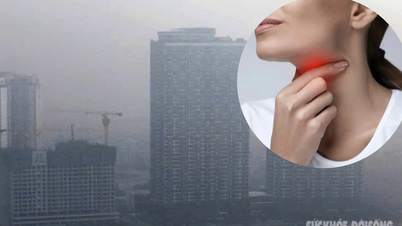





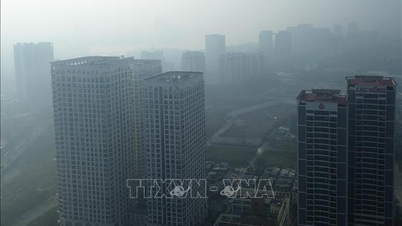








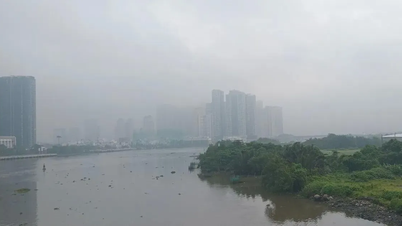








































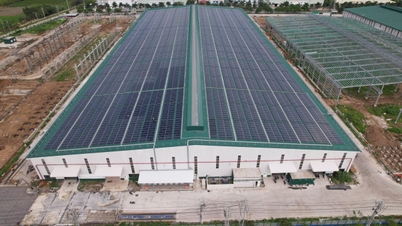















































Comment (0)